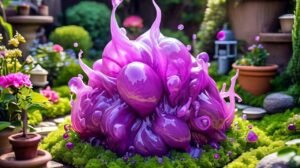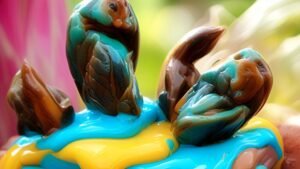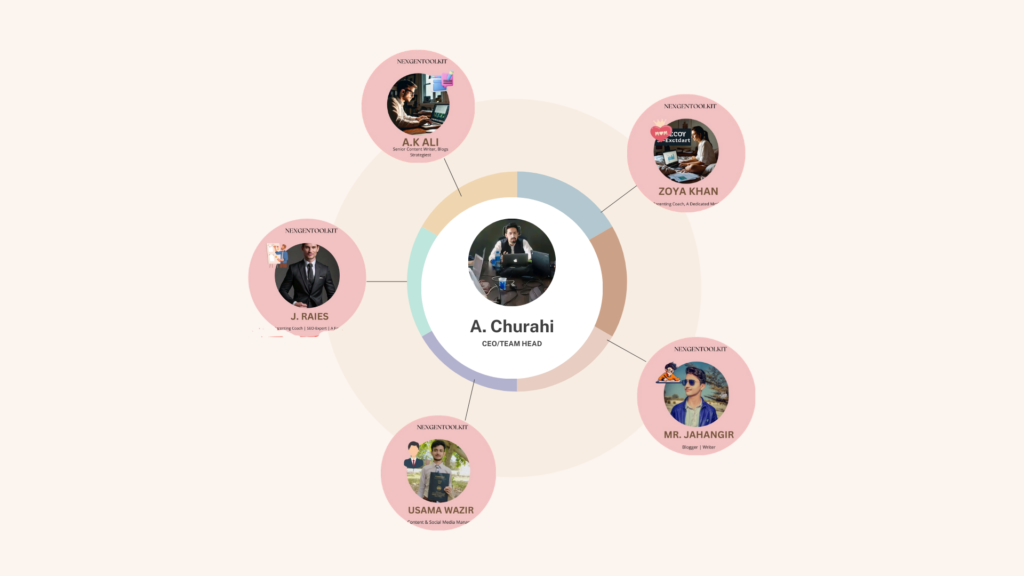The substance that is recognized as goop is known for its ability to entertain kids and people of any age. This material is very simple to prepare at home and does not require the use of any complex ingredients. Whoever is in charge of the fun things to do for kids on a rainy day or preparing for a sensory play session should consider making goop. In this easily understandable guide, you will learn how to make goop and will be introduced to its science portion along with the fun ways to use it later on.
You Can Also Read This Pregnancy Announcement To Husband

Understanding Goop:
Goop, which is also known as slime or oobleck, is an example of a material that opposes the flow of the liquid through a direct proportional ratio more scientifically known as non-Newtonian fluid. Therefore it is characterized by the properties of fluid when a particular condition is applied to it, it also possesses the quality of a solid if a certain pressure is applied to it. Each time it is allowed to goop slowly, it behaves like a thick liquid when a force is applied. But if you put pressure on it, and apply a sharp or impulsive force, it may feel like it is solid. This makes goop a highly interesting object for the scientific endeavor and exploration of sensory experiences of children.
Ingredients You’ll Need
Making goop requires just a few basic ingredients that are safe and easy to find:
- Cornstarch: It serves as the starring role for the soup providing the body and plays the role of the thickener.
- Water: Some solutions with cornstarch form the goop feel by binding together.
- Food Coloring (optional): It makes your goop colorful which can in a way beautify your creation.
- Container: A bowl or a mixing container to help in mixing the ingredients.

HOW TO MAKE GOOP – A FULL EXPLAINED PROCESS:
Step 1: Collect Your Elements
First of all, it is informative to convene the list of the materials and ingredients that will be necessary. Organized workspace that is easy to clean because making goop can get slightly messy at times.
Step 2: Stir cornstarch into the water
The basic paste used is around :
1 in this case, which is, 2 parts of cornstarch and 1 part of water. For instance, mix 1 cup of cornstarch with half a cup of water.
Sift the cornstarch into your mixing bowl:
Slowly incorporate the water into it while stirring the mixture with the same hand used to pour the water. The consistency should be that of a thick gooey paste: ensure that you mix until all the cornstarch has been fully incorporated.
Step 3: Tune the consistency (if necessary)
- If your goop is too stiff, gradually blend in more water; use a spoon, approximately one teaspoon full, at a time.
- If it becomes too thin, add a little cornstarch and then integrate it into the dough until it becomes thick.
Step 4 Color:
Other recommended actions based on Add Color (optional)
- To change the color of your goop, pour several drops of food coloring into the mixture.
- Mix it well with your hands for a few minutes or until the color is mixed in well throughout the rubber goop. This will give enough color as needed and if more intensity is wanted, more food coloring can be put into the mixture.
Step 5:
This is where the child gets to interact with their world, have fun, and work around their environment.
- And there you have it ladies, your goop is now ready and it is time to play! Tinker with some of its qualitative characteristics— fill one hand with it and try to pour it on the other hand and see how it ‘slips’ like a liquid.
- Take it in your hand, close your fist and the substance becomes stone-like. When using goop try playing with different pressures to see the results.

Tips for Enjoying Goop:
- Store in an Airtight Container: It also preserves the goop by preventing it from getting dry when you are not using it. You can do this by placing the goop in an airtight container.
- Experiment with Textures: One can also pour in glitter, small beads, or even small toys to make more of the sensory goop.
- Educational Activities: To reinforce knowledge of viscosity, non-Newtonian fluids, and basic chemistry goop can be used when teaching young ones.
SAFETY CONSIDERATIONS:
The Goop prepared with the aforesaid ingredients is not poisonous in any way; however, it is advisable to observe the kids when around it not to eat it.
Children playing with goop should wash their hands afterward because it is sticky and will leave a residue.

CONCLUSION:
Making goop is a fun and easy process and children can have a great time playing with it for hours while learning. Following the above-outlined procedure, you can produce your goop at home without necessarily having to use complex culinary products. Altogether, goop is a fantastic suitable for a parent wishing to come up with an entertaining project for the kids, or even a teacher in need of a Science project.
You Can Also Read This Nicknames For Katie










